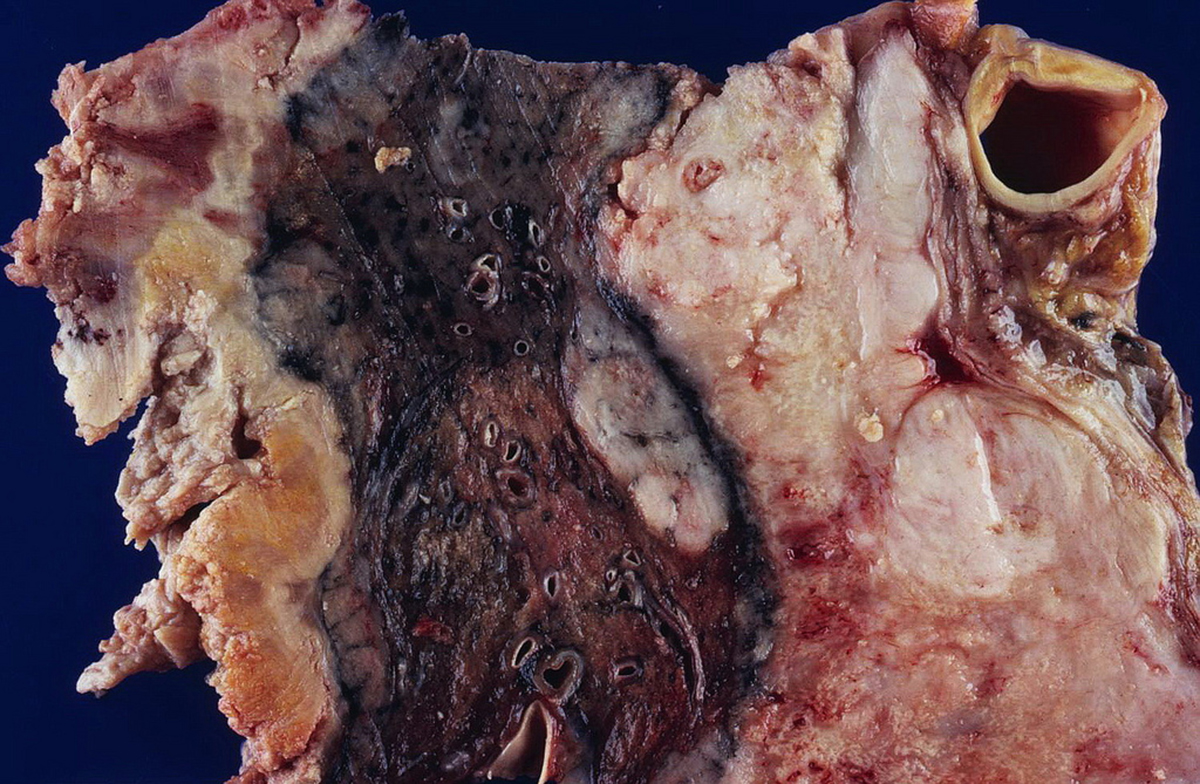Table of Contents
Mesothelioma is a type of cancer, which is associated with exposure to asbestos. It is considered a rare type of cancer and is often aggressive. A diagnosis of mesothelioma is frightening, but gathering information is the first step in the fight against this disease.

Symptoms And Types Of Mesothelioma
A thin layer of tissue called mesothelium, covers many of the internal organs in the body, such as the lungs and abdomen. Mesothelioma is categorized according which tissues the cancer originates in.
The cancer can metastasize to other regions of the body, such as the brain. Symptoms vary, but often include chest pain and shortness of breath. Pain, which varies in intensity, may develop in the chest and back. As the condition progresses, facial swelling may be present and patients may cough up blood.
Another type of mesothelioma called peritoneal mesothelioma starts in the abdomen. The cancer often spreads to the liver and bowel. Weight loss, nausea and vomiting are common symptoms of peritoneal mesothelioma. Abdominal pain is also very common often due to an accumulation of fluid. Additional symptoms may include anemia, fever and fatigue. In some cases, a bowel obstruction may develop, which can lead to additional pain and vomiting.
Symptoms of pericardial mesothelioma may include shortness of breath, chest pain and nausea.
Mesothelioma Diagnosis And Staging
A physical exam and medical history including the patient’s exposure to asbestos is the first step in making a diagnosis of mesothelioma. A chest x-ray is usually one of the first diagnostic tests ordered to look for abnormalities, such as fluid in the pleural space. Additionally, an MRI or CT scan will also recommended in order to get more detailed images.
If there is an accumulation of fluid in the abdomen or pleural space, a sample will be obtained and tested for the presence of cancer cells. When cancer is suspected in the pleural space, a procedure called a bronchoscopy may also be performed. A bronchoscopy involves inserting a tube into the trachea, which enables the doctor to view the lungs and obtain tissue samples for a biopsy. A diagnosis can sometimes be difficult to make, since mesothelioma cancer cells often appear similar to other types of cancer cells. Specialized laboratory procedures may be used to detect small differences in the cells.
After a diagnosis of mesothelioma is made, additional tests will be performed to stage the cancer, which means determining if it has spread to other areas beyond its original site. CT scans of the chest and abdomen, blood tests and positron emission tomography, are often done to determine how advanced the cancer is.
See Also: Are You A Candidate For Lung Cancer Screening?
According to the Mayo Clinic, plural mesothelioma, is staged from stage I to Stage IV. Stage I involves cancer which is only located in one part of the lung lining. Stage II, occurs when cancer has also spread to the lung. Stage III is indicated by cancer, which has spread to the lymph nodes. Stage IV is the most advanced stage and involves cancer, which has metastasized to distant areas, such as the liver.
- www.lung.org/lung-disease/mesothelioma/symptoms-diagnosis.html
- www.mayoclinic.org/diseases-conditions/mesothelioma/basics/tests-diagnosis/con-20026157
- Photo courtesy of Lung Pathology via Flickr: www.flickr.com/photos/pulmonary_pathology/3954797887
- Photo courtesy of avlxyz via Flickr: www.flickr.com/photos/avlxyz/2968759560


Your thoughts on this